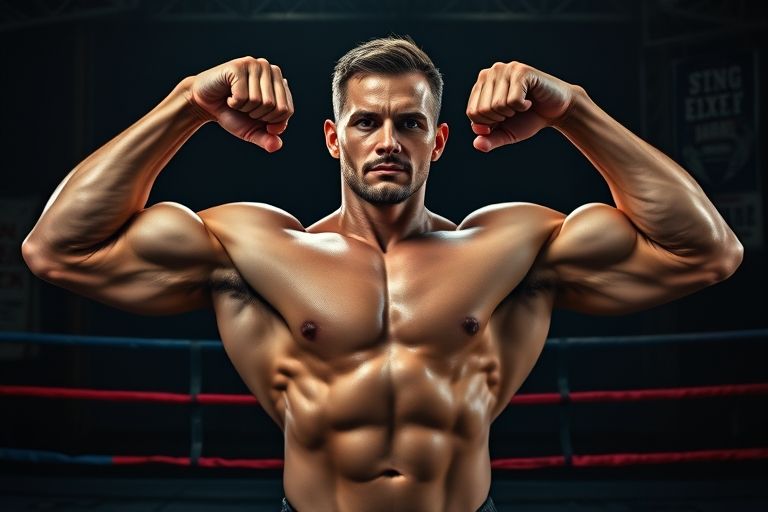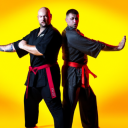
When we think of strength and power, bodybuilders often come to mind. With their bulging muscles and chiseled physiques, they seem to embody the epitome of human strength. But would a bodybuilder be strong in a fight? Can their impressive muscles translate into real-world combat effectiveness? Let's explore this question and delve into the intricacies of bodybuilding and fighting.
Bodybuilding is a sport focused on developing and maximizing muscle size and definition through resistance training and strict nutrition. It involves intense workouts, strict diets, and meticulous attention to detail. Bodybuilders strive to achieve the perfect balance of muscle mass and low body fat percentage, sculpting their bodies into awe-inspiring works of art.
However, the primary goal of bodybuilding is aesthetic, not functional strength. Bodybuilders train to look good on stage, showcasing their muscles in poses and routines designed to emphasize their size and symmetry. While their muscles are undoubtedly impressive, the training methods and objectives differ significantly from those of a fighter.
In contrast, fighting, whether it be in the ring, cage, or on the streets, is a skill-based activity that requires a combination of various attributes like technique, speed, agility, endurance, and functional strength. Fighters train to be effective in combat situations, focusing on techniques that can be used to subdue or incapacitate an opponent.

Functional strength refers to the ability to apply force efficiently and effectively in real-life situations. It involves using muscles in a coordinated manner to perform tasks such as lifting, pushing, pulling, and grappling. Aesthetic strength, on the other hand, is about the appearance of strength and muscle size.
While bodybuilders possess immense aesthetic strength, their training often neglects functional strength development. Bodybuilding exercises typically involve isolated movements that focus on building specific muscles rather than enhancing overall functional performance. While this approach is ideal for achieving muscle hypertrophy, it may not directly translate to fighting strength.
Fighters, on the other hand, prioritize functional strength in their training. They engage in exercises that mimic the movements and demands of their chosen combat discipline. These exercises often involve compound movements that target multiple muscle groups and emphasize coordination, explosiveness, and overall athleticism.

In a fight, technique and skill play a vital role in determining the outcome. A bodybuilder may possess impressive physical attributes, but without proper fighting technique, they may struggle against a skilled opponent who knows how to exploit weaknesses and capitalize on opportunities.
Skilled fighters have honed their techniques through years of training and experience. They understand the nuances of timing, distance, and positioning, allowing them to outmaneuver and outwit their opponents. While strength is undoubtedly an advantage, it is just one piece of the puzzle.
It's important to note that fighters come in various shapes and sizes. While some fighters may have a more muscular physique, others may be leaner and rely on speed, agility, and technique to succeed. The ability to adapt and apply techniques effectively is often more important than sheer muscle mass.

There are numerous examples of successful fighters with different physiques, further highlighting the fact that bodybuilding and fighting are distinct pursuits. Let's take a look at a few notable examples:
These fighters have achieved remarkable success in their respective disciplines, not solely because of their muscularity but due to their well-rounded skill sets, techniques, and mental fortitude.

While bodybuilders possess incredible strength and impressive physiques, it's important to recognize that fighting requires more than sheer muscle mass. Functional strength, technique, agility, and mental acuity are all crucial components of a successful fighter's arsenal.
While a bodybuilder may have a physical advantage over an average person in a fight, their success in combat scenarios would ultimately depend on various factors, including their training, experience, and ability to apply their strength effectively.
So, while flexing muscles in the ring may catch the eye, true fighting prowess encompasses a combination of strength, skill, and strategic thinking. It's the harmonious blend of these elements that truly determines success in combat.